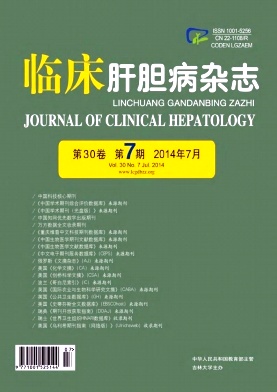Objective To evaluate the efficacy of antiviral therapy in hepatocellular carcinoma (HCC) patients with high HBV DNA levels after radical resection. Methods A retrospective analysis was performed on the clinical data of 113 HCC patients with high HBV DNA levels who underwent radical resection from January 2007 to January 2010. These patients were divided into treatment group (n = 74) and control group (n = 39) . In addition to liver- protecting therapy and supportive care, antiviral therapy was given to the treatment group, but not in the control group. All patients were followed up after operation, and the two groups were compared in terms of HBV DNA level, tumor recurrence rate, and survival rate. Comparison between the two groups was made by t test or chi- square test; the Kaplan- Meier method was used to calculate postoperative survival rates, and the log- rank test was used for survival difference analysis. Results After operation, the treatment group had a continuously decreased HBV DNA level, which was significantly lower at 6, 12, and 24 months after operation than before operation (t = 14. 38, 18. 50, 16. 22, P < 0. 05) ; there were significant differences in HBV DNA levels at 6, 12, and 24 months after operation between the treatment group and control group ( t = 13. 19, 24. 20, 14. 15, P < 0. 05) . The 3- year disease- free survival (DFS) rate showed significant difference between the two groups after operation (P =0.029) . The 1-, 2-, and 3-year cumulative survival rates were 95. 95%, 85. 14%, and 75. 68%, respectively, in the treatment group and 87. 18%, 69. 23%, and 53. 85%, respectively, in the control group; the treatment group had a significantly higher 3- year cumulative survival rate than the control group (P = 0. 016) .Conclusion Antiviral therapy can increase 3- year DFS rate and prolong postoperative survival in HCC patients with high HBV DNA levels after radical resection. Thus, antiviral therapy should be performed early, regularly, and persistently in HCC patients with high HBV DNA levels.







 DownLoad:
DownLoad: